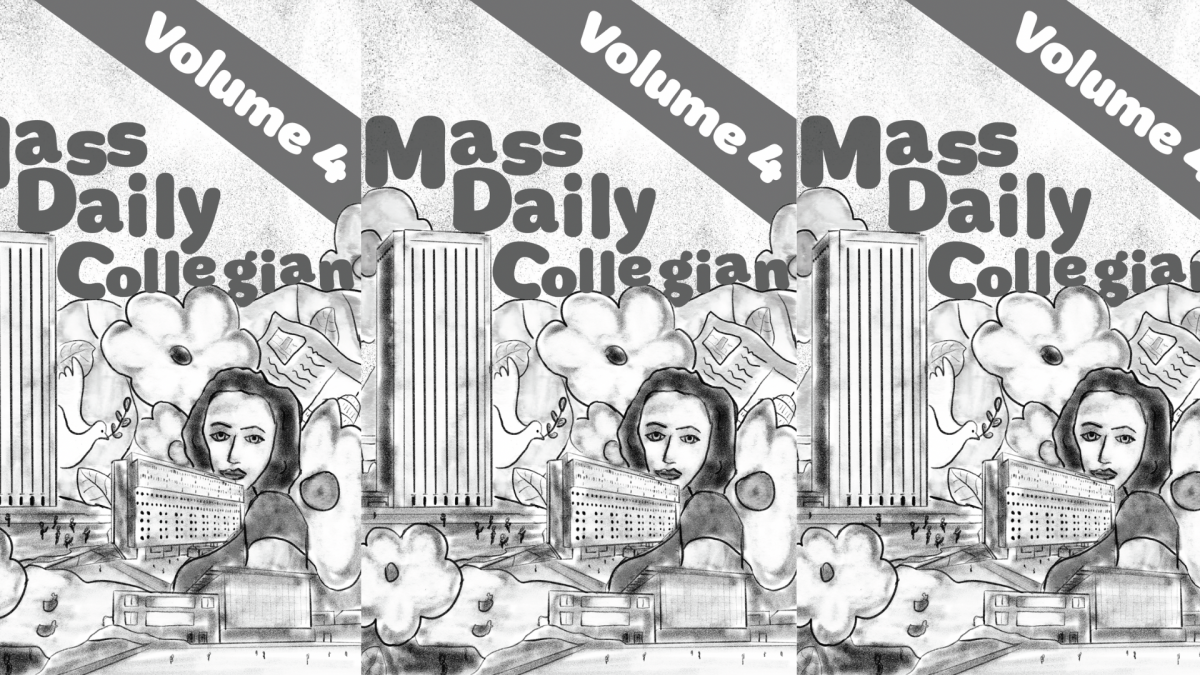“Drunk cigs don’t count,” says an unspecified individual near you; you’re at a party, and everyone’s standing around taking drag after drag from a communal pack of American Spirits. How did we get here?
It’s interesting that a demographic of college-age students that is hyper-aware of the most minute health risks posed by certain types of foods or environmental factors is either unaware or unconcerned about the harmful effects of the cigarettes they’re smoking. Cigarettes are clearly bad for you. The correlation with lung cancer is about as clear as medical fact gets, not to mention the ocean of other side effects.
So, why are we still smoking them? In most anti-drug campaigns, an emphasis is made to rebut the notion that drugs are “cool,” which implies that one of the reasons that the youth engages in these activities is because they’re considered “cool.”
Are cigarettes cool? As much as it may pain the powers that be at the Massachusetts Daily Collegian to publish a pro-cig opinion, yes, they are. They are inherently cool insofar as there is any meaning to the concept of “cool.”
Being cool isn’t something that exists out there in the ether; there is no transcendent meaning to coolness. It is an attraction to a certain aesthetic based on our media consumption and our exposure to certain behaviors in our personal lives. In the case of cigarettes or drugs involving chemicals, the initial draw could be the chemically induced state of mind or simply the aesthetic that we’ve been conditioned to accept through our media consumption.
In the modern world, we have an unprecedented exposure to media in the form of movies and streaming services. The archetypal depictions of characters in many of these productions have a big role to play in creating desirability for some otherwise wholly negative behaviors.
It’s not surprising that a generation that grew up on a media diet of “Narcos,” “Peaky Blinders” and “Mad Men” find cigarettes cool. In many scenes there’s a handsome man, typically sharply dressed in some kind of suit, engaged in a stereotypically masculine job, who’s good with women, shown chain-smoking packs of cigarettes.
Add that image to the ever-present coolness amplifier that is a teenager’s parents warning them of something, and you have the makings of a cool activity.
There’s an inherent inconsistency here: as a society, we discourage cigarettes due to their negative health consequences, and yet we implicitly promote them in our media. The point of this piece is not moralizing, so I won’t go on ranting about how terribly wrong and evil this is, but I will say that it’s a contradiction that needs to be resolved.
I’m somewhat sympathetic to the counterargument, though; a lot of the media productions that involve heavy cigarette smoking are period pieces and need to involve that for historical accuracy. This, while true, actually makes my argument even stronger. Historically accurate or not, smoking is still depicted as a desirable activity. Past that, it is also portrayed as a return to an imagined past. The return to a different time period with different societal norms and structures also becomes part of the appeal.
None of this is to say that any and all cigarette (or even drug use) can be eliminated by purging media of nuanced depictions of those behaviors. But we must, at the very least, be aware of the very clear effect that these portrayals have on those consuming the media.
And finally, to all the cigarette fiends: is there really something that cool about putting a semi-phallic object in your mouth, lighting it on fire and sucking? It’s something to think about.
Manas Pandit can be reached at mpandit@umass.edu.




















